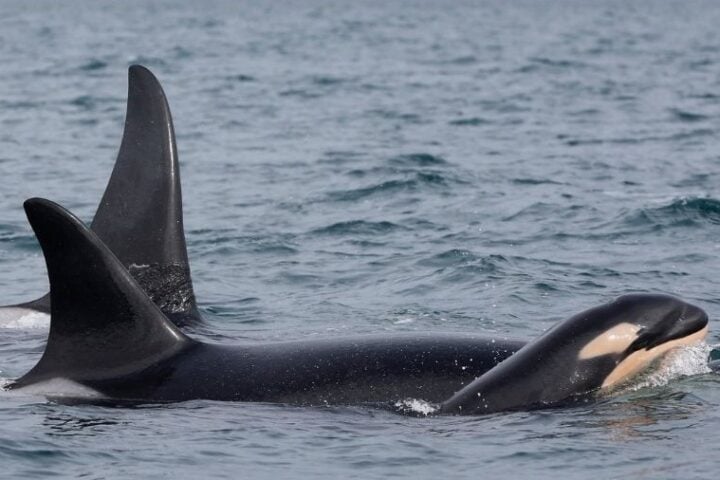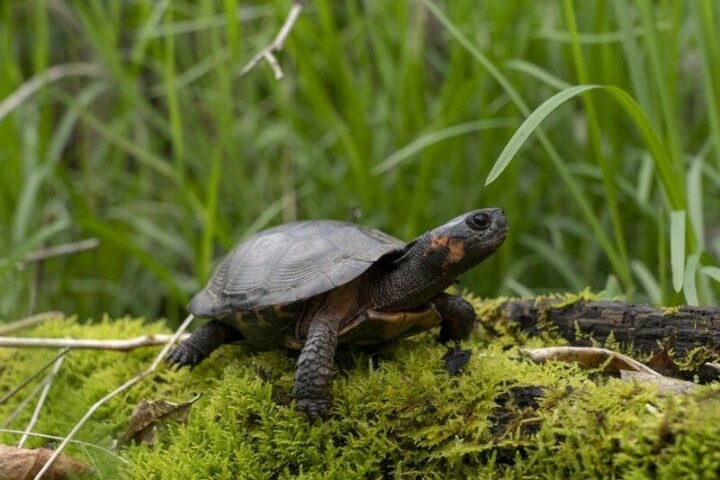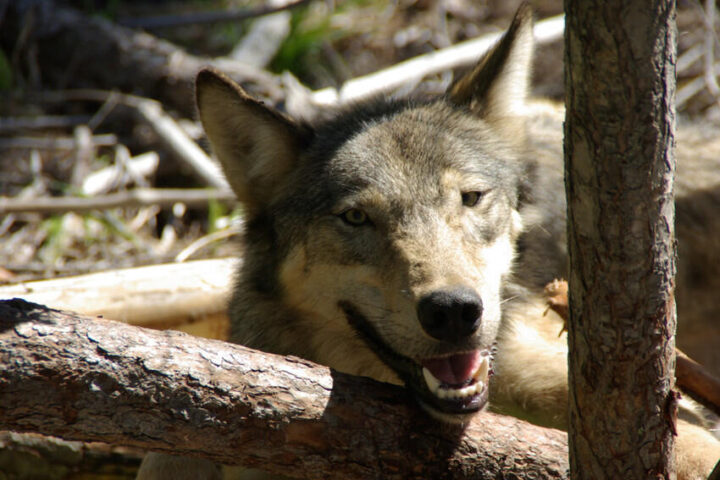The Lake District, England’s celebrated UNESCO World Heritage Site, contributes millions of dollars to the local economy through tourism. This natural heritage site requires careful management to preserve its distinctive character.
At 978 meters, Scafell Pike dominates England’s skyline. The mountain offers routes for varying skill levels, with paths showing the impact of regular use. On clear days, views stretch to Scotland, Ireland, Wales, and the Isle of Man.
Helvellyn’s notorious Striding Edge, stretching toward the 950-meter summit, remains a stern test for mountaineers. Red Tarn below reflects the changing seasons, while the peak stands as England’s third-highest mountain.
Blencathra, reaching 868 meters, offers varied approaches including the technical Halls Fell Ridge. The mountain, also known as Saddleback, presents diverse routes suitable for both experienced climbers and casual walkers.
Skiddaw stands guard at 931 meters, its gentle slopes deceiving first-time visitors. The mountain’s well-marked paths and accessibility make it a favourite among hikers seeking panoramic views of the surrounding fells, the Solway Firth, and beyond.
More Stories
The National Trust’s conservation efforts focus on habitat restoration, maintenance of hiking paths, and protection of native wildlife. Education and community involvement remain key components of these conservation activities.
The Database of British and Irish Hills documents hundreds of peaks within the region. Each prominence tells its own story of geological formation. Cartographer Heather Smith’s interactive mapping allows for the exploration of each fell, complete with photos and specific height measurements.
Recent developments bring both progress and problems. New sustainable tourism initiatives aim to enhance visitor experiences while promoting environmental protection. The region faces ongoing challenges from erosion, invasive species, and climate change impacts.
The Lake District’s future requires balanced management. As environmental patterns shift and tourism continues, these ancient peaks demand careful conservation approaches while maintaining their wild character.
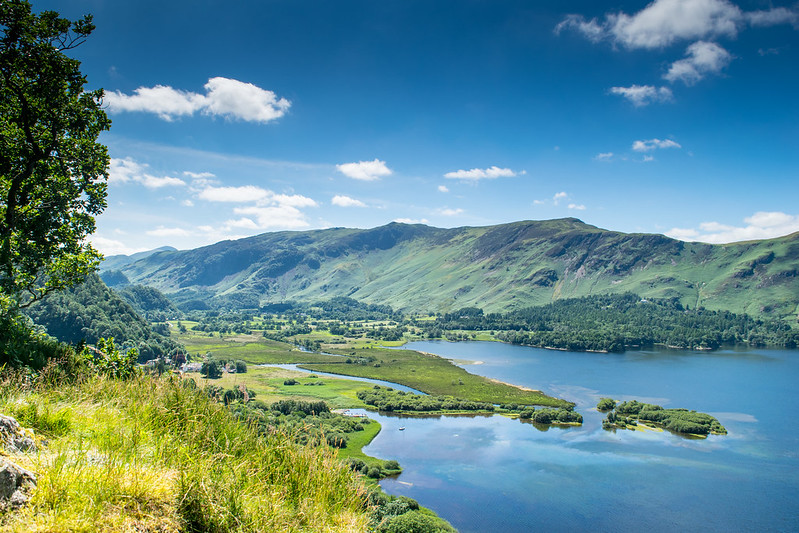

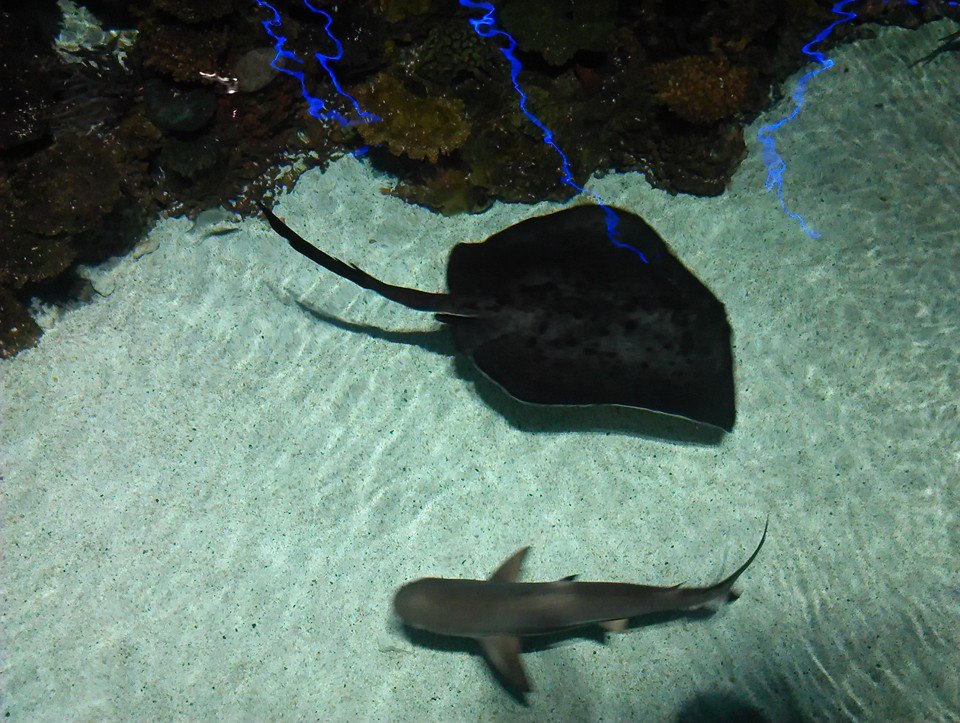
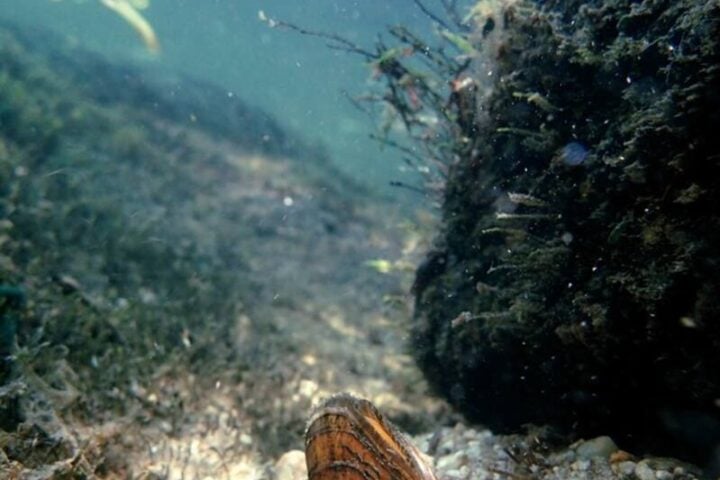




![Representative Image: European Starling [49/366]. Photo Source: Tim Sackton (CC BY-SA 2.0)](https://www.karmactive.com/wp-content/uploads/2025/04/Starlings-Drop-82-in-UK-Gardens-as-Birdwatch-2025-Reveals-Record-Low-Count-Since-1979-720x480.jpg)

